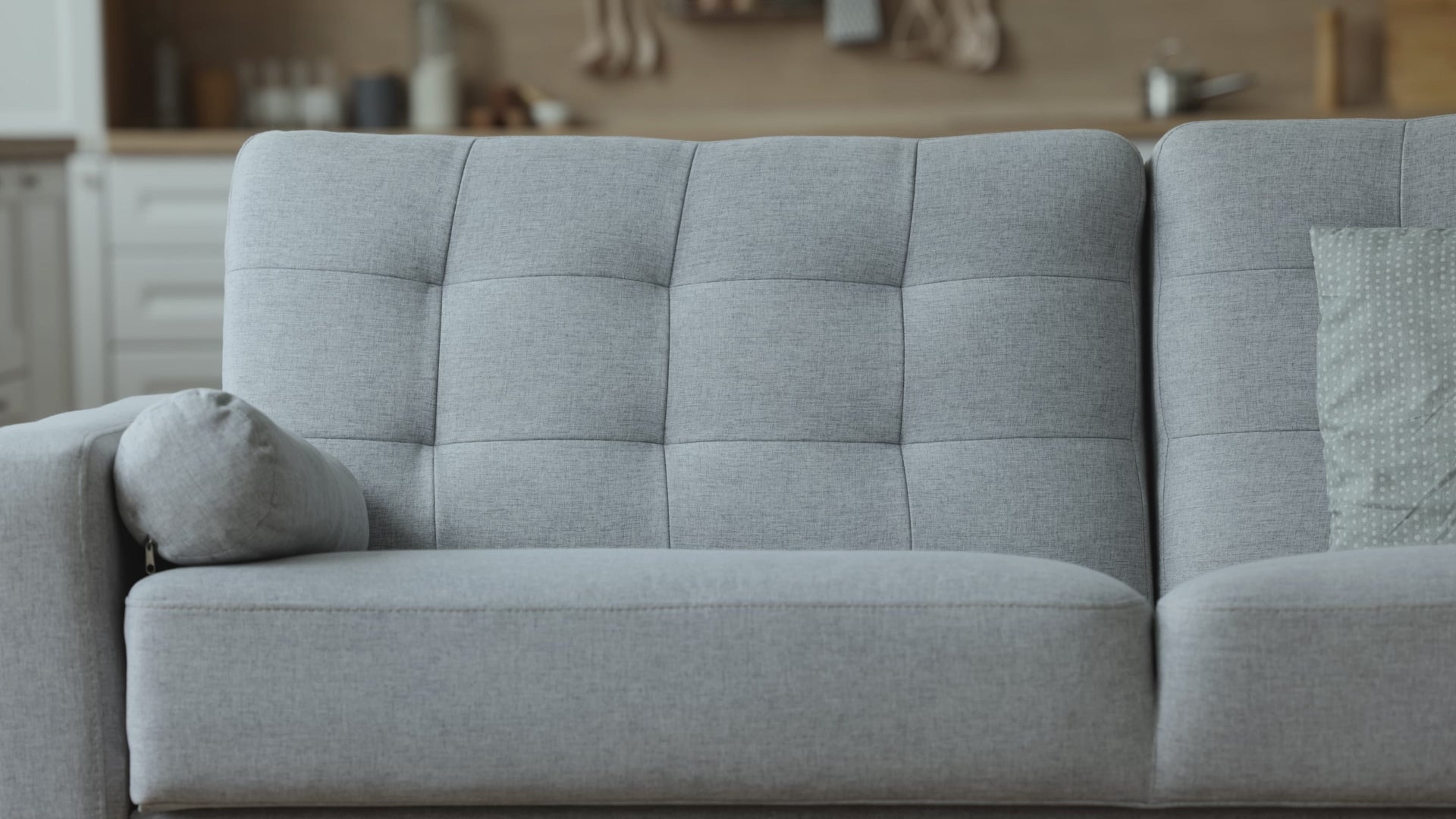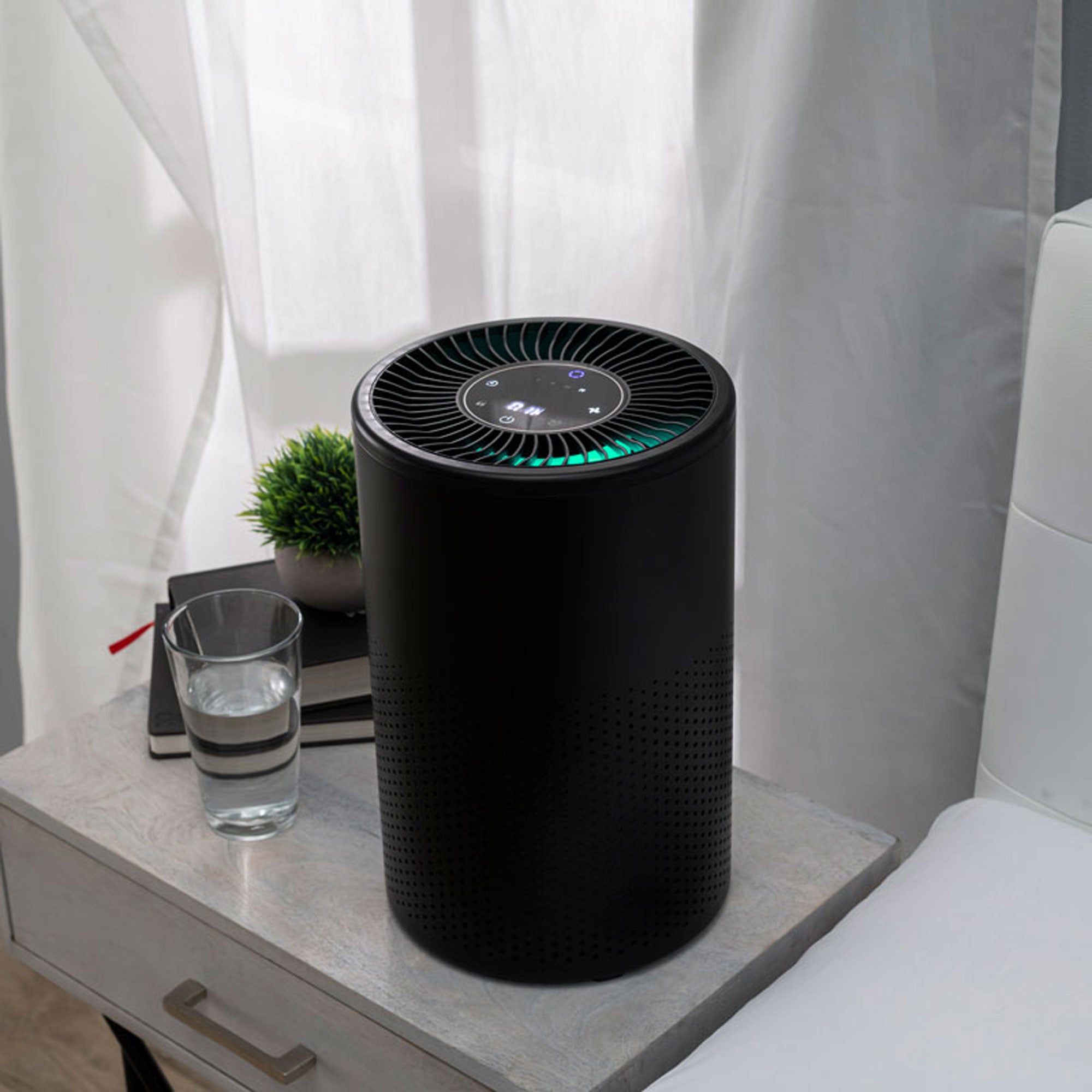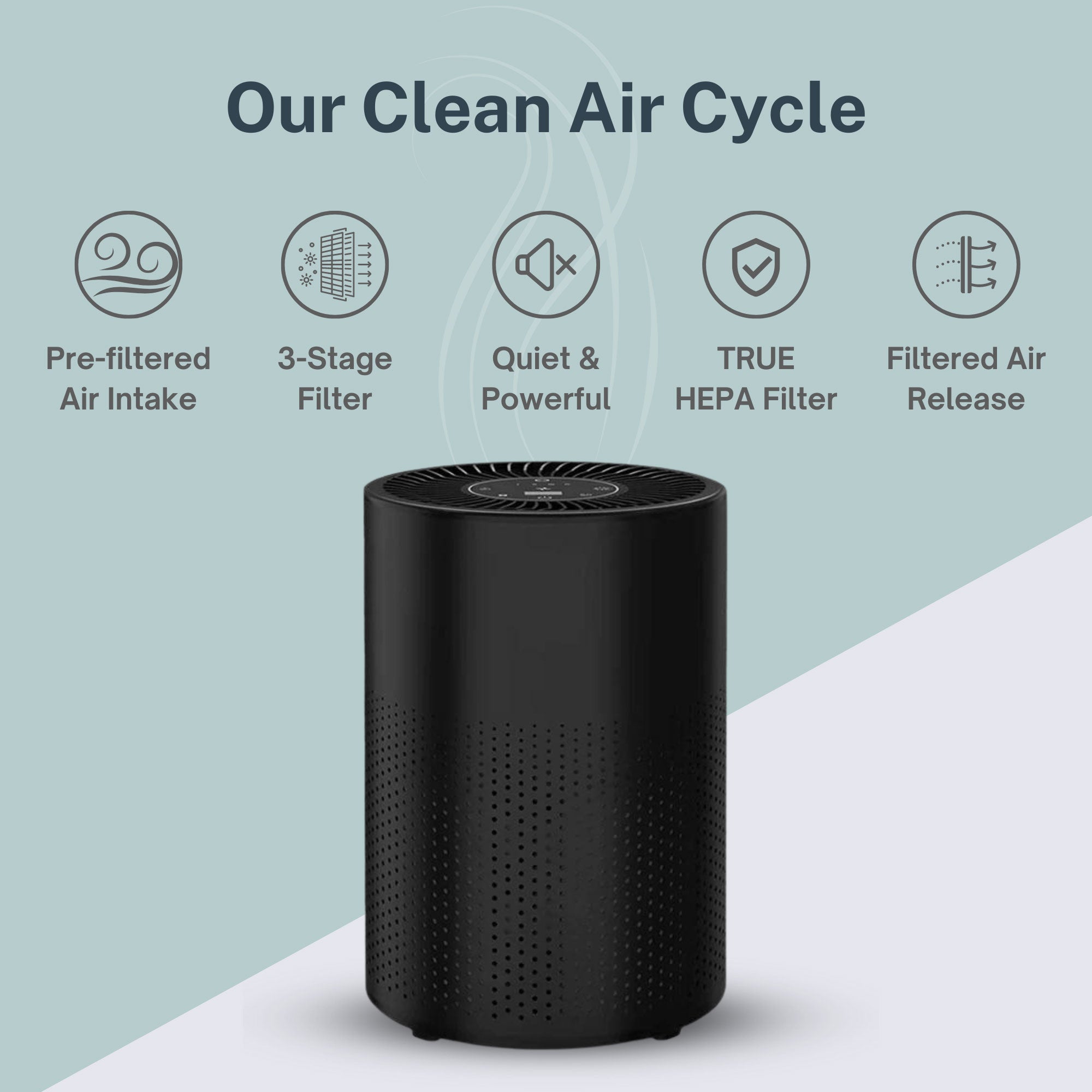The quality of air in a home directly impacts your family’s quality of life. From dryness to contaminants, there is a wide range of factors that can transform a home’s air from healthy and fresh to dangerous and uncomfortable. For this reason, many homeowners choose to invest in air quality technology such as air purifiers or humidifiers.
While they may seem similar, these two types of machines are actually quite different. The effectiveness of each is largely dependent on whether a homeowner makes the right purchase for their particular concern.
At Air Oasis, we design premium air quality technology that can tackle many airborne contaminants and concerns, including viruses, chemicals, smoke, mold, allergens and more. Questions? Give us a call at (806) 373-7788 today.
In this article, we will review the basic information buyers should know about air purifiers and humidifiers before making a purchase. Keep reading to learn more about the mechanics and applications of these advanced technologies.
Air Purifiers 101
Poor home air quality caused by contaminants such as smoke, mold, VOCs, bacteria and viruses can have a severe impact on the health and well-being of the family that lives there. Exposure to contaminated air can cause a variety of unpleasant and deadly symptoms including:
- Eye, nose and throat irritation
- Headaches
- Dizziness
- Fatigue
- Respiratory illness
- Heart disease
- Cancer
To avoid these symptoms, families across the globe install air purification systems into their homes. Air purification devices have existed for over a century, but the technology has been evolving over time. Now, companies have access to advanced systems to deliver optimally healthy air.
How an Air Purifier Works
Over the years, scientists and innovators have developed a variety of reliable and effective methods for purifying the air.
The most common method by which air purifiers work is filtration. This method works by moving air through a physical strain or sift using fans to continue the cycle.
The two filterless methods which have both been proven to be the most effective are:
- Advanced Hydrated Photocatalytic Oxidation (AHPCO): An advanced technology in which UV light reacts with titanium dioxide to release charged ions that neutralize contaminants.
- Bi-Polar® Ionization: A technology that divides molecules into positively and negatively charged ions that break down pollutants.
The best air purifiers employ multiple levels of technology to achieve the best results. The iAdaptAir Purifier uses five distinct technologies including:
- HEPA filter
- Carbon filter
- Silver ion filter
- UV light
- Bi-Polar ionization
This ensures the filter is able to neutralize significantly more contaminants and toxins than traditional single-layer filters.
How to Use an Air Purifier
Each air purifier will have different usage instructions based on the manufacturer. The iAdaptAir Purifier was designed to be as user-friendly as possible to improve the transition process for those who formerly owned a different unit.
To use the iAdaptAir Purifier, press the power button to turn on the unit. Then select a fan speed and timer setting. Other options include Smart Mode, which will automatically adjust to the ideal settings, and Night Mode for a quieter setting designed to avoid sleep disruption.
Other functions of the iAdaptAir include an air quality indicator light and filter replacement reminder.
What to Use an Air Purifier For
Air purifiers can be used to filter out a variety of contaminants from the air in a home, office space, commercial location, or another indoor environment.
Some of the most common pollutants air purifiers neutralize include:
- Viruses and bacteria
- Mold and fungi
- Allergens, dust and dander
- Smoke and smog
- VOCs
- Odors
These contaminants are the most common airborne causes of unpleasant symptoms. By investing in an air purifier, you’ll be able to improve the health and well-being of your entire family.
Humidifiers 101
The humidity of the air in a home can have a significant impact on the comfort of those living there. This is because dry air can cause sleep problems, irritation, skin dryness and more.
Although a humidifier doesn’t work to purify the air, studies have shown a correlation between the easing of allergy and cold symptoms with humidified air.
How a Humidifier Works
Humidifiers work by expelling water vapor into the air in order to relieve symptoms of dryness or irritation. There are many varieties of technology that can accomplish this, including:
- Cool Mist
- Warm Mist
- Evaporative
- Ultrasonic
- Vaporizer
- Energy-Efficient
How to Use a Humidifier
The recommended humidity level for using a humidifier is below 30%. The EPA strongly recommends that indoor environments with humidity levels above 50% discontinue use to avoid negative effects.
Here are the usage guidelines for operating a humidifier:
- Set the moisture according to the recommended conditions.
- Use filtered tap water that has been treated for mold and bacteria.
- Clean the unit regularly to avoid any mold or microorganism growth.
- Replace filters regularly.
- Operate in a well-ventilated room with doors or windows open.
- Use caution when operating around children and pets.
What to Use a Humidifier For
Humidifiers can provide a significant amount of relief for those experiencing allergies, dryness or cold and flu-like symptoms.
Some particular instances people may choose to invest in a humidifier include:
- Allergy relief
- Dry climate
- Sinus problems or congestion
- Dry seasons
- Symptom relief for kids
- Symptom relief for elderly people
- Plant growth support
Humidifiers vs. Air Purifiers
If you’re still unsure of which option would be better suited for you, check out this table.
|
Air Purifiers |
Humidifiers |
|
|
Use cases |
To avoid and mitigate the following side effects of exposure to contaminants:
|
To relieve effects caused by the following concerns:
|
|
Types |
|
|
|
Price range |
$50 - $3000 The iAdaptAir Purifier is $399-$699 |
$50 - $700 The Air Oasis Cool Mist Humidifier is $69 |
|
Benefits |
Protection from exposure to the following contaminants:
|
Protection and relief from the following:
|
|
Find out more |
Get Clean, Comfortable Indoor Air
That concludes our guide to the differences between air purifiers and humidifiers. At this point, you may be wondering which device is the right choice for your home and family. The truth is that both perform important functions that can drastically increase the quality of air in your home.
When making this investment, it’s helpful to consider the unique needs of your family. All families can benefit from the combination of benefits humidifiers and air purifiers can provide.
When selecting the best air quality devices for your home or office, the experts at Air Oasis can help. Contact us online or give us a call at (806) 373-7788.

























































